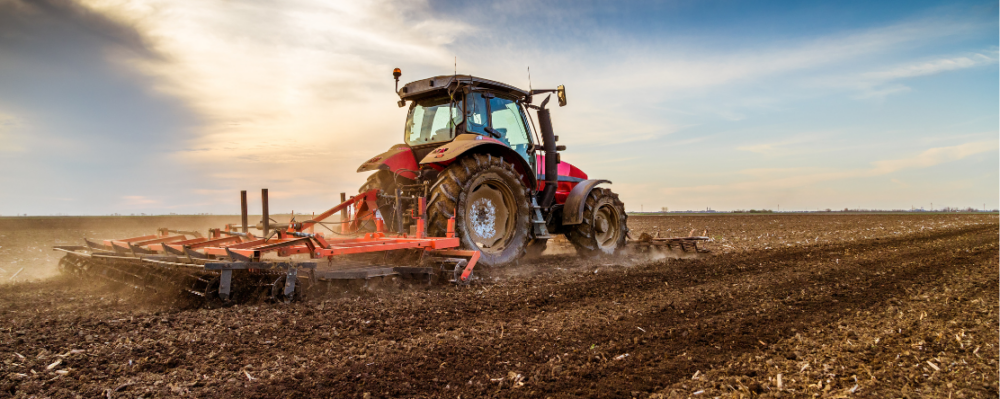
Changing the Discourse About Community Violence: To Prevent It, We Have to Talk About It
- Lori Dorfman, DrPH, MPH
- Pamela Mejia, Lillian Seklir, Laura Nixon
-
Focus Areas
Healthy Communities -
Issues
Violence Prevention -
Expertise
Media Advocacy & Communications -
Programs
Berkeley Media Studies Group

Community violence happens when complex environmental factors like poverty, structural racism and lack of access to mental health services intersect with easy access to alcohol, drugs and weapons. Like other public health problems, violence is preventable, but it’s not often understood that way. It will be easier to make the big changes our communities need to prevent violence if we change the narrative around it and make prevention a visible part of the conversation.
In this report, PHI’s Berkeley Media Studies Group, in partnership with the Prevention Institute and with support from the Northern California Kaiser Permanente Community Benefit Department, explores news portrayals of community violence and makes recommendations for how to shift one piece of the discourse—the news media—to elevate prevention and multi-sector collaboration.
Although changing the discourse is a complex and long-term process, Changing the Discourse About Community Violence provides an analysis that suggests that we are at a turning point with tremendous potential for effecting change. This report shares recommendations for how advocates and practitioners can leverage opportunities to take advantage of this pivotal turning point to change the discourse about violence.
Originally published by Berkeley Media Studies Group
Work With Us
You change the world. We do the rest. Explore fiscal sponsorship at PHI.
Support Us
Together, we can accelerate our response to public health’s most critical issues.
Find Employment
Begin your career at the Public Health Institute.


